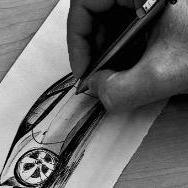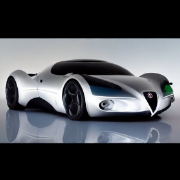Renault Clio RS16 Concept 2016
Quanto ti piace la Renault Clio RS16 Concept 2016?
13 voti
-
1. Quanto ti piace la Renault Clio RS16 Concept 2016?
-
Molto3
-
Abbastanza4
-
Poco5
-
Per niente1
-
- Si prega di accedere o registrarsi per votare a questo sondaggio.
-
Contenuti simili
-
- 26 risposte
- 1708 visite
-
- 9 risposte
- 1415 visite
-
- 43 risposte
- 4154 visite
-
-
-





.thumb.jpg.902d2a4f20a129e92b6f6920407b81bd.jpg)













.thumb.jpg.d20c5008a881490f9c7f843d442a34f8.jpg)





Messaggi Raccomandati:
Crea un account o accedi per lasciare un commento
Devi essere iscritto per commentare e visualizzare le sezioni protette!
Crea un account
Iscriviti nella nostra community. È facile!
Registra un nuovo accountAccedi
Sei già registrato? Accedi qui.
Accedi Ora